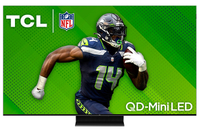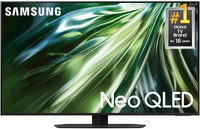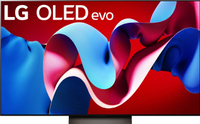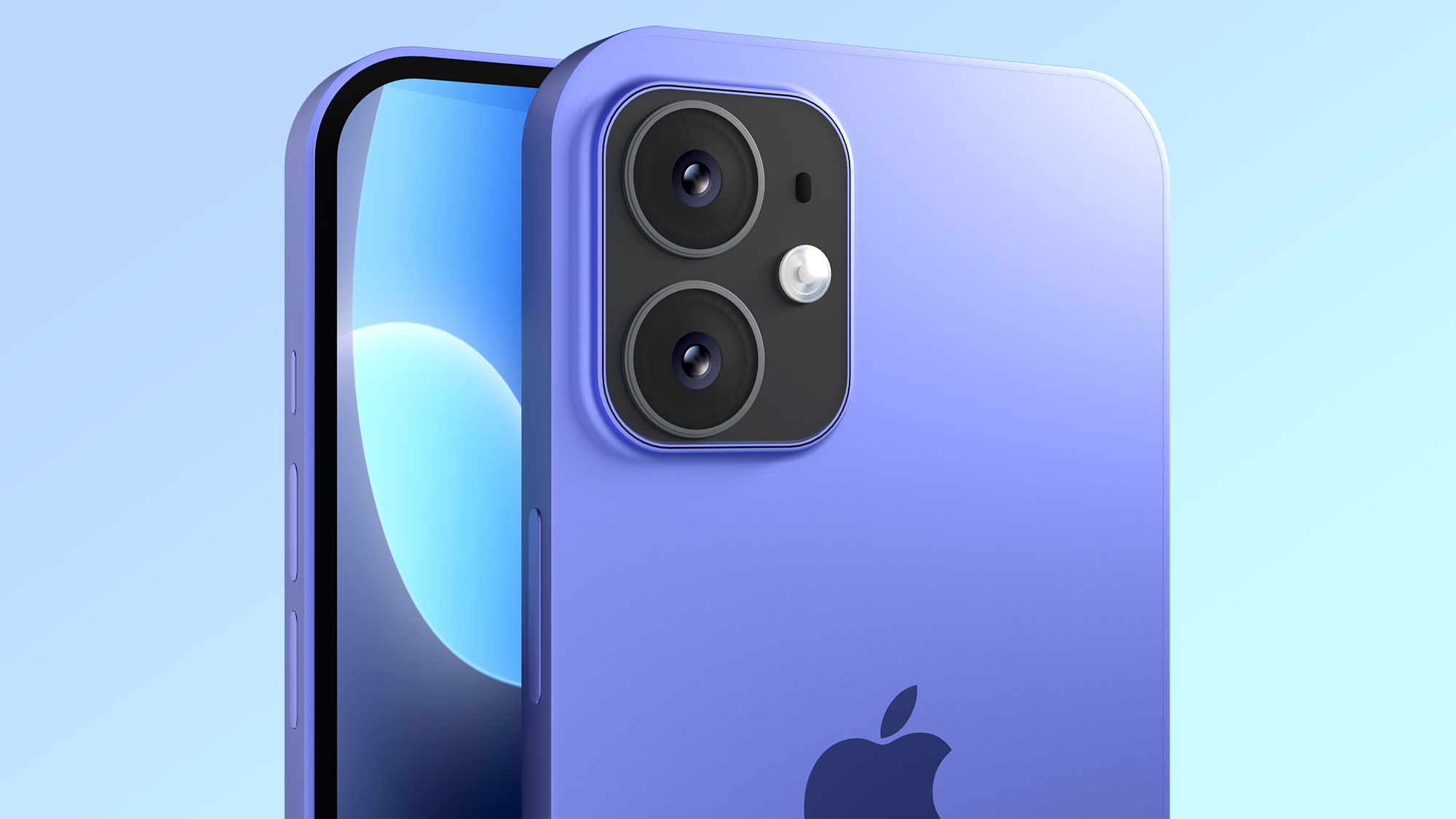I've been testing TVs for over a decade — 5 must-have features for your next TV
These are the bells and whistles I simply must have
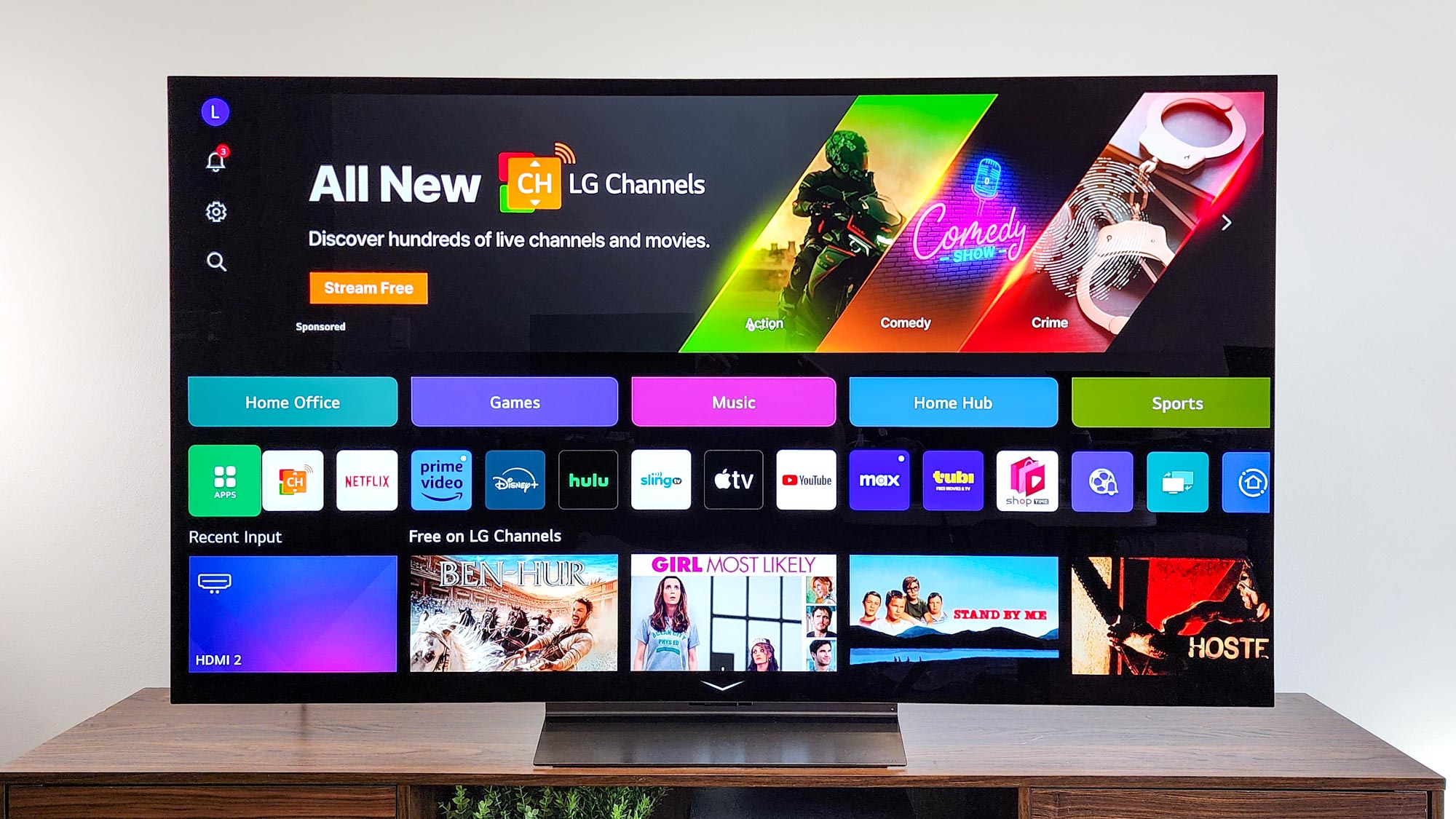
When talking with friends and family about how to shop for the best TV, people often ask if certain features are worth spending money on. It makes sense: Most of us want to be careful not to overspend on bells and whistles we don’t need.
In these conversations, I find myself wishing I had some sort of business card I could hand to folks with a list of my personal must-haves.
Well, below you’ll find exactly that — a list of the TV features I find absolutely necessary before I shell out hard-earned cash on a new set.
Depending on your viewing habits, you might not need all of these yourself, but along the way I’ll try to explain why I can’t live without them.
1. Local dimming

Local dimming is a hardware- and software-based feature that allows a display to dynamically adjust contrast based on areas of the picture. It’s a hallmark characteristic of LED TVs, as it describes a function of LED backlights.
Why does it matter? It’s all about contrast. A TV that can dynamically adjust brightness and darkness across different regions of the picture is better equipped to showcase highlight and near-black detail. And, the more LED zones available, the more granular the contrast control (which is what makes Mini-LED TVs and their tiny backlights so appealing).
You may be wondering where that leaves OLED TVs, as their high-end display hardware leaves off LED backlights altogether. Fortunately, if your potential shopping list includes some of the best OLED TVs on shelves, you needn’t worry: OLEDs have the best local dimming in the game due to the fact that every single pixel is self-illuminating.
Most people shouldn't buy an edge-lit LED TV if they care at all about picture quality.
I recently wrote about why most people shouldn't buy an edge-lit LED TV if they care at all about picture quality, and my rationale is the same for needing a TV equipped with local dimming.
Yes, some edge-lit TVs make use of a more rudimentary type of local dimming, but edge-lit TVs are simply not as good-looking as a backlit LED TV with proper local dimming.
Without high contrast, HDR content won’t pop — and you want HDR that pops, right?
2. Good-enough contrast for impactful HDR
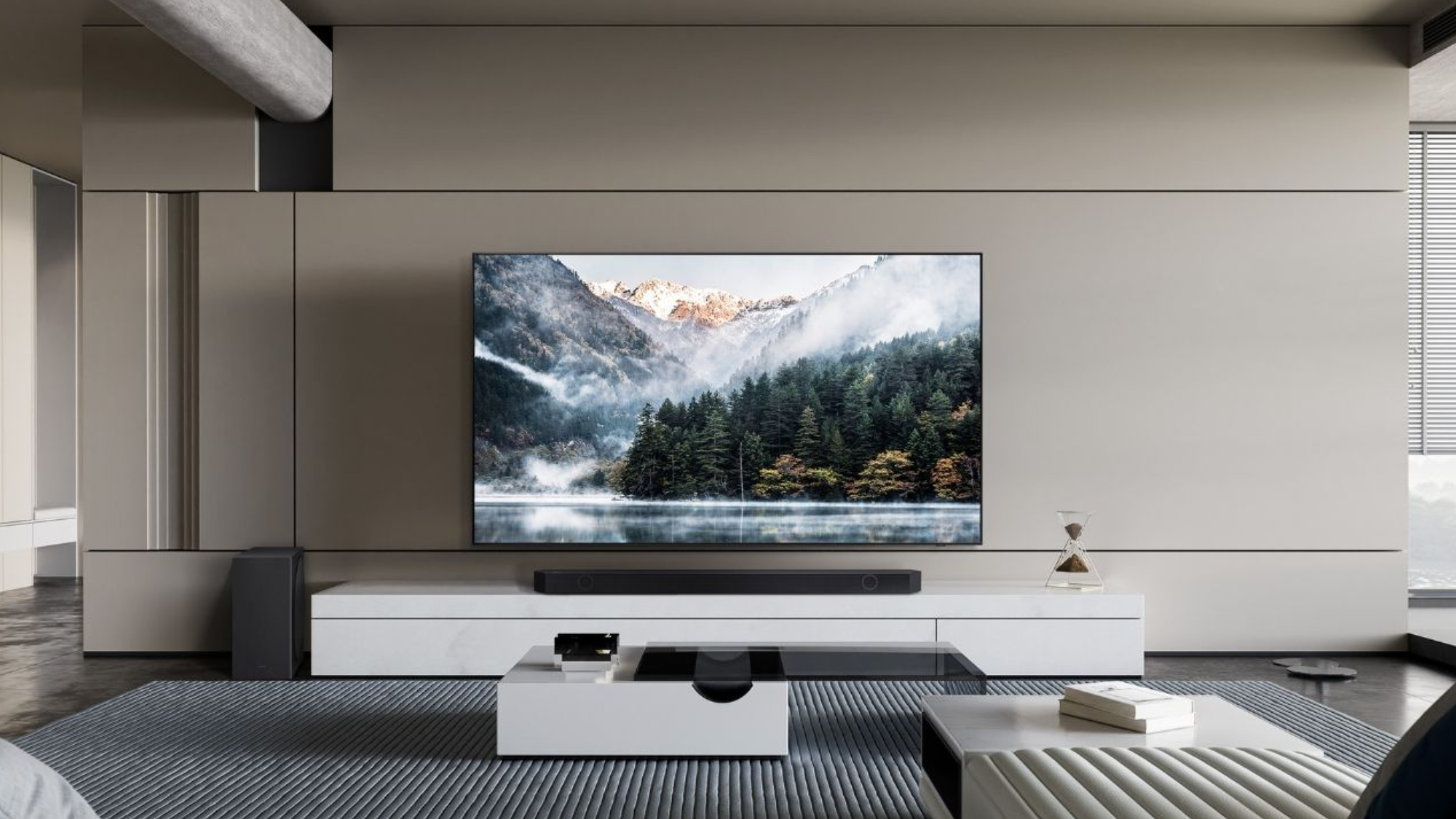
These days, most TVs support High Dynamic Range (HDR). But it’s important to remember that not all HDR TVs are created equal.
I recently reviewed the Sony Bravia 3 QLED — an affordable, entry-level Bravia TV with a modest price tag and an even more modest set of features. And, although it’s a fine TV for saving money, it’s not one I would recommend for showcasing HDR content.
This is because the Bravia 3 tops out at a brightness level of around 450 nits. HDR performance is largely dependent on contrast, and if a TV can’t demonstrate enough of a range between its darkest and brightest elements, you’re not going to see what the fuss about HDR is all about.
If the Bravia 3 delivered deeper black levels and brighter highlights, you’d enjoy the characteristic visual pop that HDR is known for. Scenes carry more depth and realism.
For LED TVs, my baseline for impactful HDR is around 1,000 nits. For an OLED TV, I would want to see highlights of at least 650 to 700 nits.
Because OLED displays are capable of perfect black levels, the perceived contrast is higher, and their highlights look much brighter as a result. As a side note, this is one of the reasons I think entry-level OLEDs like the LG B4 look better in person than they do on paper.
3. HDMI 2.1 compatibility
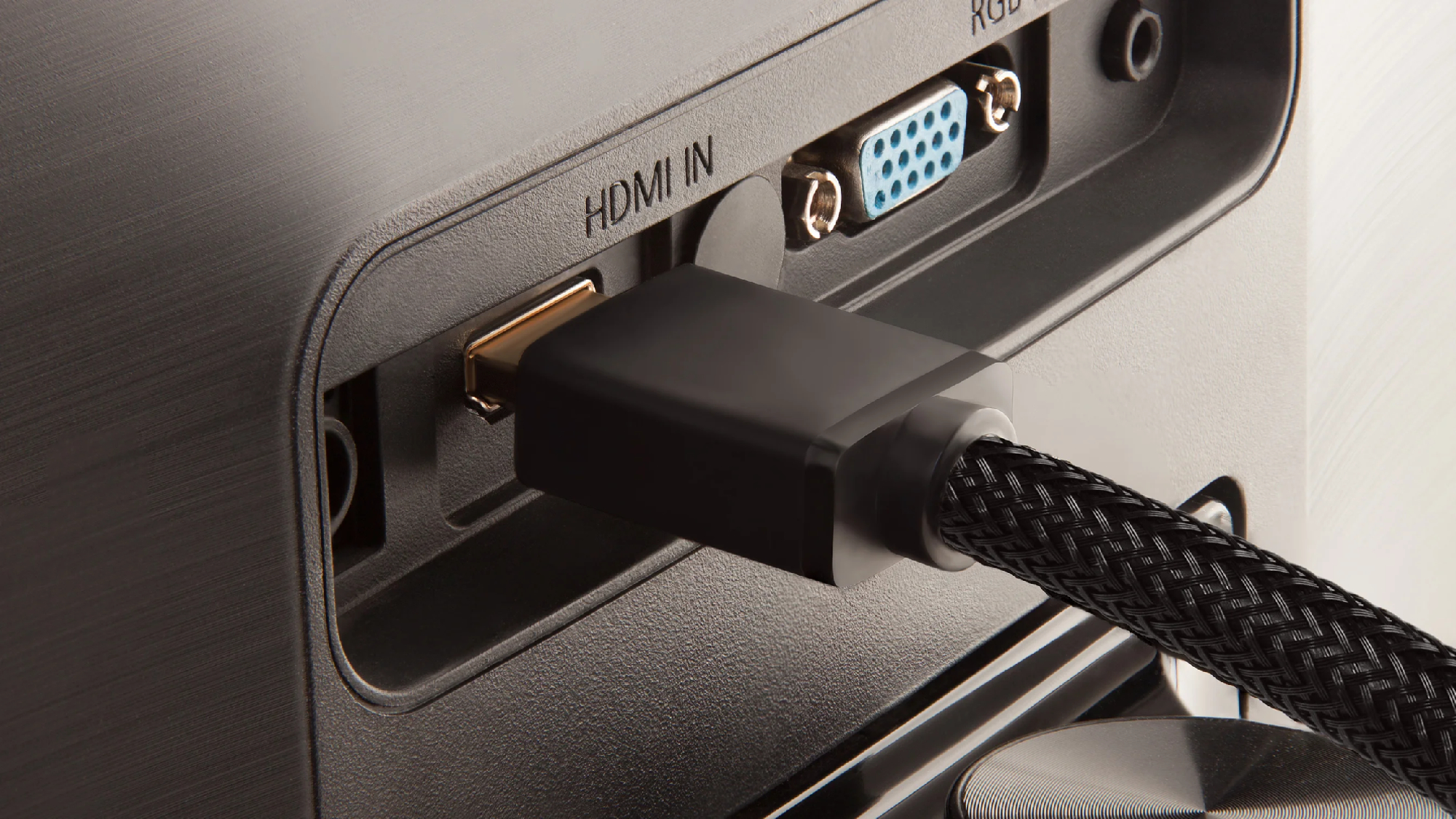
I own an Xbox Series X and I plan on purchasing a PlayStation 5 Pro later this year. These are two of the most powerful consoles on the market, and I can take full advantage of them because my TV supports HDMI 2.1.
You can get the full scoop about the spec in our HDMI 2.0 vs HDMI 2.1 explainer, but I’ll hit you with the basics: The inputs on your TV will determine how your favorite video games look and feel.
With the higher bandwidth of HDMI 2.1, your TV can make the most of an Xbox or PlayStation, as it will be able to showcase 4K games at 120Hz — the highest possible output for current-gen consoles.
A pair of such ports is sufficient, but if you ask me, I’m looking for a TV that offers four HDMI 2.1-compatible ports for added flexibility. If you own two consoles and a soundbar, you may find that TVs with just two high-bandwidth ports aren’t sufficient.
4. Native refresh rate of 120Hz or higher
A native refresh rate of 120Hz is one of my must-haves for the same reason HDMI 2.1 compatibility is on this list: gaming support.
If your next TV isn’t 120Hz or above, you’re locked in to 4K gaming at just 60Hz. As an enjoyer of 120fps gaming, this simply will not cut it for me.
Some 60Hz TVs are able to showcase games at 120Hz by cutting the resolution down to 1440p or 1080p.
This is a nice feature to have in your back pocket if you’re committed to saving money on a 60Hz TV, but as a gamer, it’s not something I could see myself doing on a long-term basis. After all, I want to get the most out of my consoles.
5. Low input lag for responsive gaming

Here’s something not many people know about me: I play a ton of “Warhammer 40,000: Darktide," and when I say "a ton," I mean a ton.
At higher difficulty levels, the game is a highly inten, plate-spinning dance of death. Every flick of the thumbstick matters, and whether you live or die is determined by moment-to-moment decision-making.
Needless to say, if my TV didn’t deliver ultra-low-lag performance, “Darktide” might not be one of my favorite pastimes.
Input lag describes the difference in time between the user’s input (in this case a video game controller) with the action on screen. When we test and review the latest TVs, we make sure to test their input latency.
Ideally, a measurement of 10 milliseconds or below is optimal., but if it's a bit higher than 10ms, that's OK, too. These are the sort of specs you’ll find on the best gaming TVs.
Which TVs meet all of these requirements?
These days, you don't have to cough up an eye-watering amount of money to lock down all five of these features (though you certainly can, if you're willing to spend).
Here are three picks that check all of my boxes — from budget-friendly to high-end.
TCL QM7 Mini-LED TV: The QM7 is a fantastic mid-range TV that offers a ton of value for its price. Its input latency is a touch higher than ideal, but it offers incredible brightness for its class (over 1,500 nits in HDR) and its outfitted with Mini-LED backlighting. It's also sporting a native refresh rate of 144Hz.
Read our full TCL QM7 Mini-LED TV review.
Samsung QN90D Neo QLED TV: This is one of the best Samsung TVs I've ever reviewed. "Neo QLED" is how Samsung refers to this super-bright, super-colorful TV with Mini-LEDs and quantum dots. We clocked its input lag at 9.6ms and it gets as bright as 2,000 nits in HDR.
Read our full Samsung QN90D Neo QLED TV review.
LG C4 OLED TV: This mid-range OLED offers an incredible amount of bang for your buck when you factor in its now-discounted sale price. Its perfect black levels, superb HDR brightness and lengthy list of gaming features make it a fantastic pick for just about everyone.
Read our full LG C4 OLED TV review.
More from Tom's Guide
Sign up to get the BEST of Tom's Guide direct to your inbox.
Get instant access to breaking news, the hottest reviews, great deals and helpful tips.

Michael Desjardin is a Senior Editor for TVs at Tom's Guide. He's been testing and tinkering with TVs professionally for over a decade, previously for Reviewed and USA Today. Michael graduated from Emerson College where he studied media production and screenwriting. He loves cooking, zoning out to ambient music, and getting way too invested in the Red Sox. He considers himself living proof that TV doesn't necessarily rot your brain.
You must confirm your public display name before commenting
Please logout and then login again, you will then be prompted to enter your display name.
